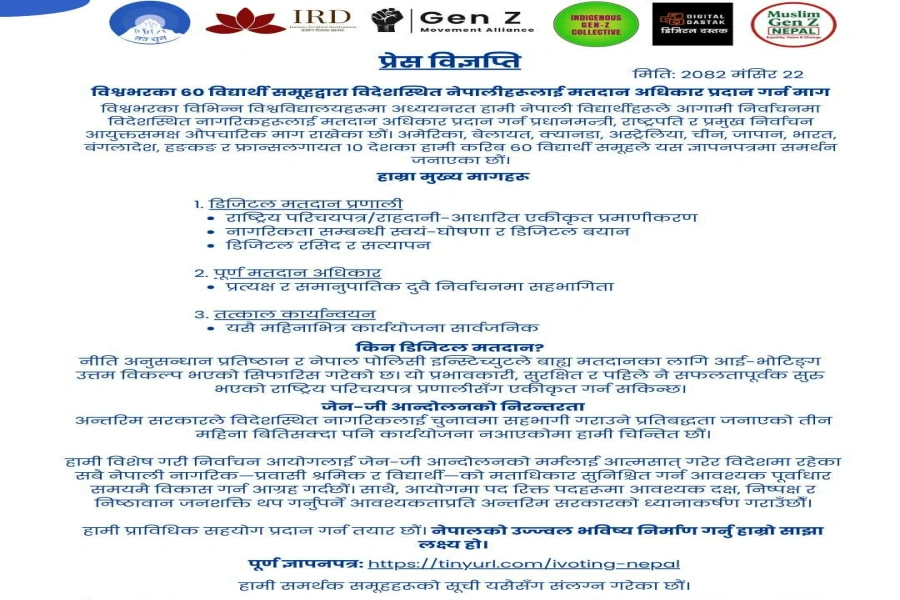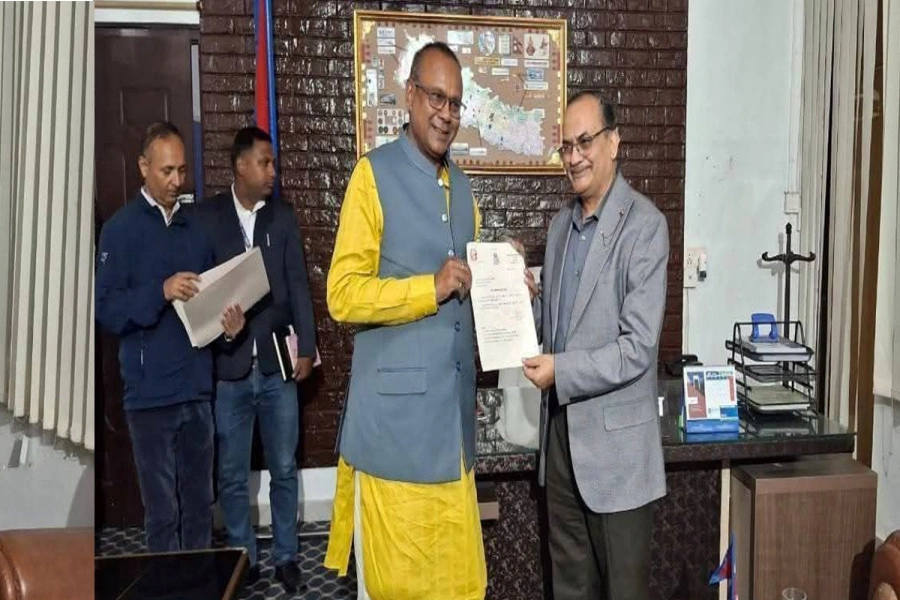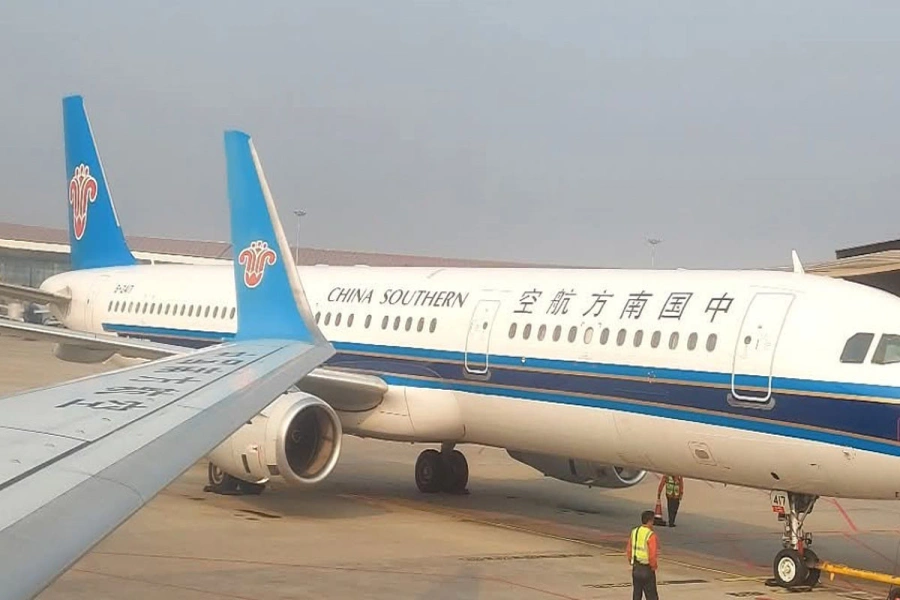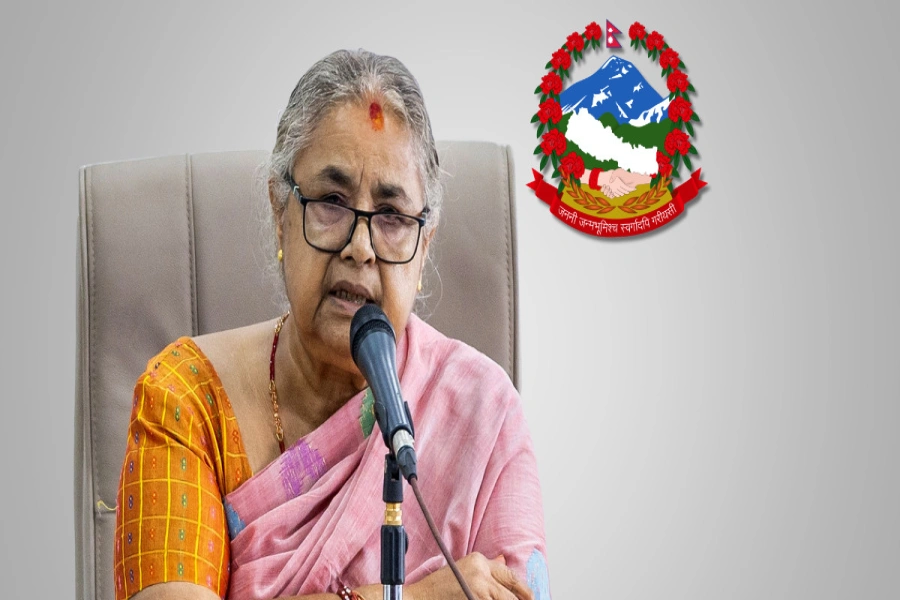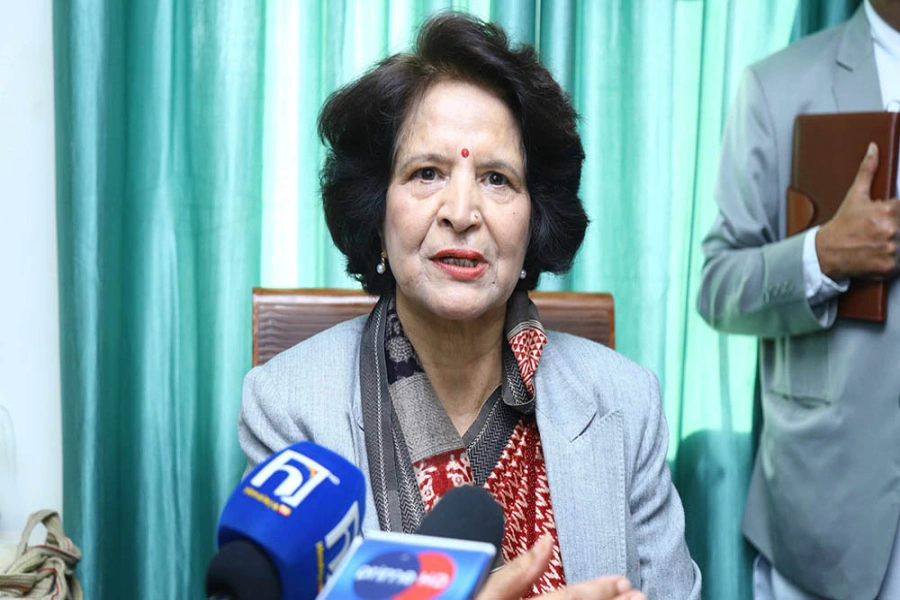KATHMANDU, August 29: Nepal’s balance of payments (BoP) registered a surplus of only Rs 1.23 billion in 2020/21, a straight fall from the surplus of Rs 282.41 billion in the previous year, mainly due to the soaring imports and slowdown in the net inflow of foreign direct investment (FDI).
The BoP records a country’s financial transactions with the rest of the world under three subheadings — current account, capital account, and financial account. It is the major indicator to show a country’s net balance in terms of the foreign currency reserves.
BOP remains at surplus of Rs 346.23 billion in last nine months...

The latest ‘Current Macroeconomic and Financial Situation of Nepal’ report of Nepal Rastra Bank (NRB) shows that the inflow of remittance increased 9.8 percent to Rs 961.05 billion last year. Despite facing a negligible impact on remittance, the main source of foreign currency earnings, the country’s BoP, has dwindled due to a widening current account deficit triggered by a jumping import expenditure.
The current account remained at a deficit of Rs 333.67 billion in the review year compared to a deficit of Rs 33.76 billion in the previous year. During 2020/21, the country’s merchandise imports increased 28.7 percent to Rs 1,539.84 billion against a decrease of 15.6 percent a year ago. On the other hand, the net FDI inflow increased mere 0.2 percent to Rs19.51 billion.
The decline in BoP surplus means the country is sustaining an increasing pressure to manage the foreign currency to carry out transactions with other countries. According to the NRB report, Nepal’s gross foreign exchange reserves declined 0.2 percent to Rs 1.39 trillion as of mid-July 2021. The amount is sufficient to cover the prospective merchandise imports for 11.2 months, and merchandise and services imports for 10.2 months.




